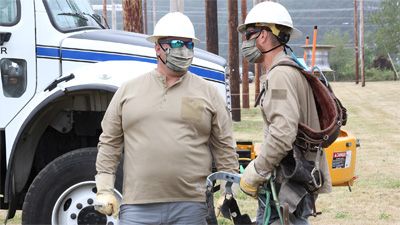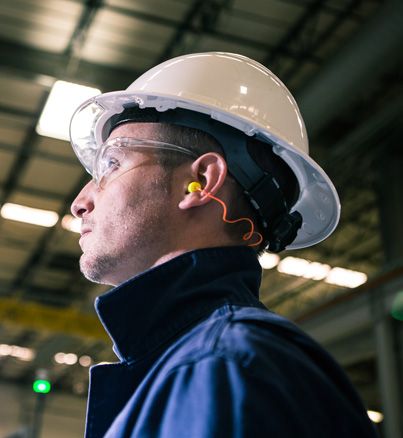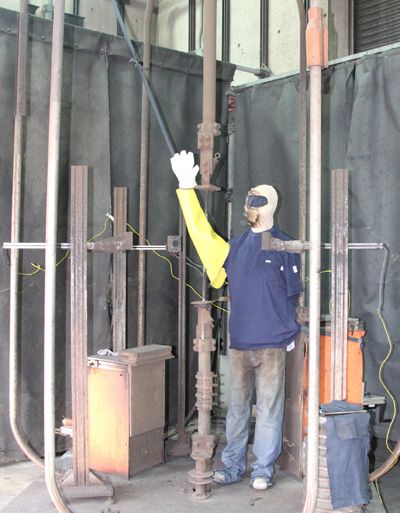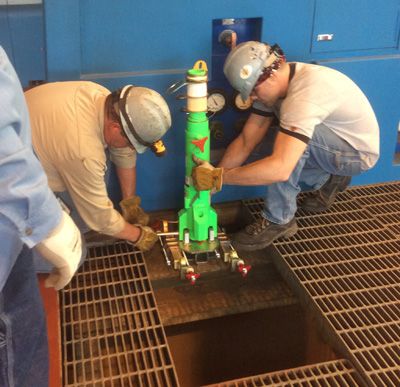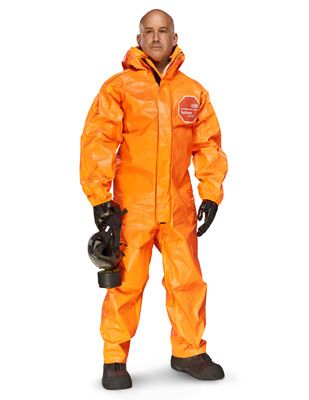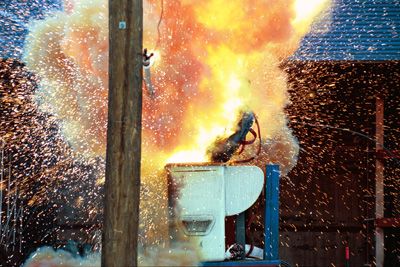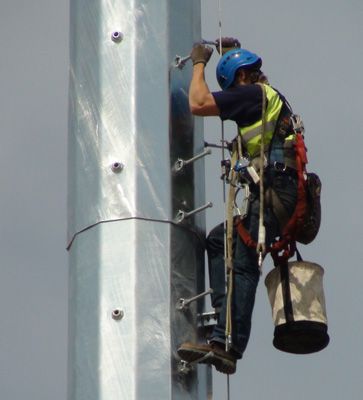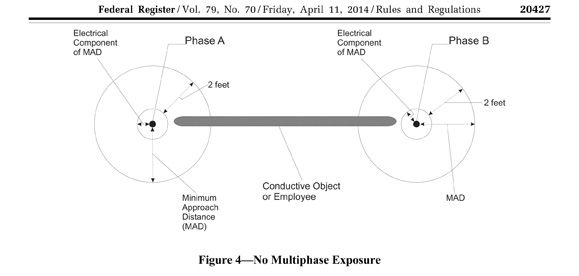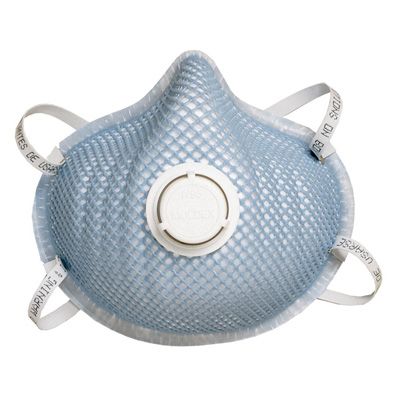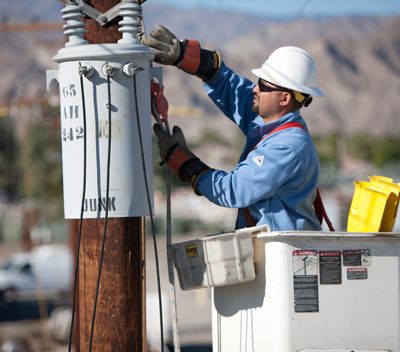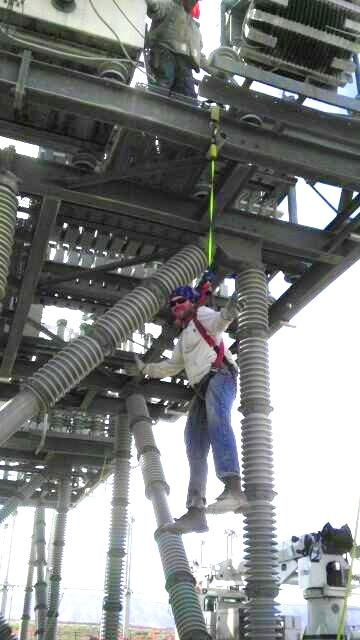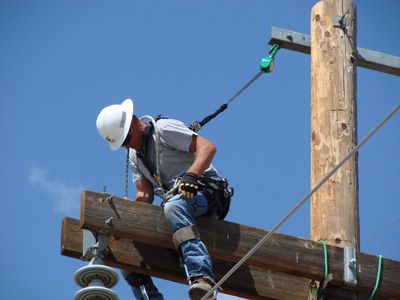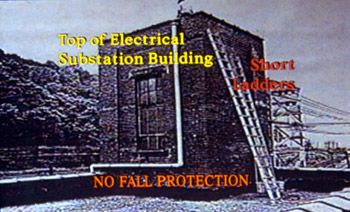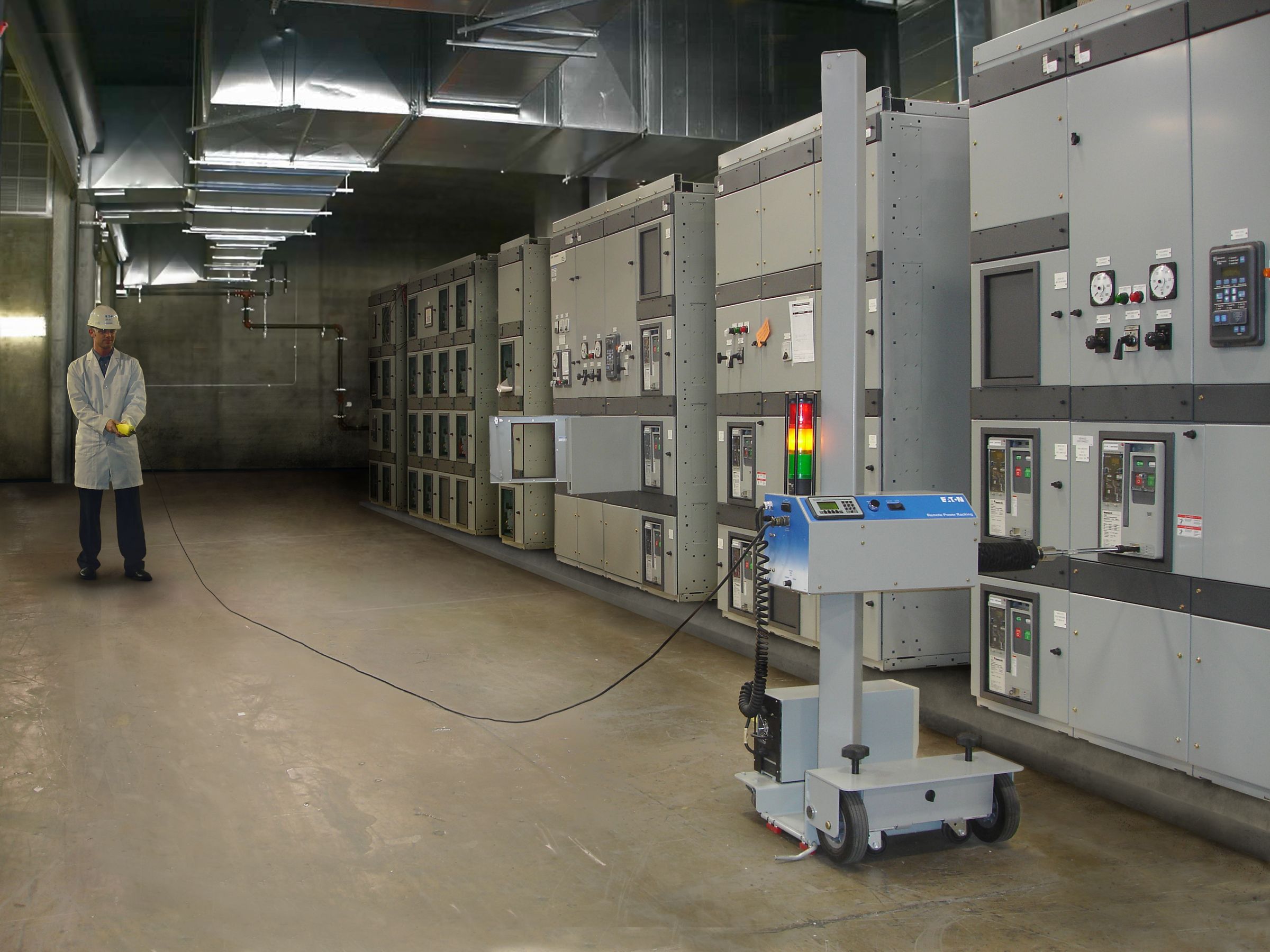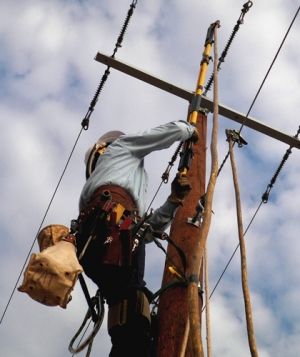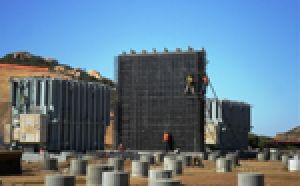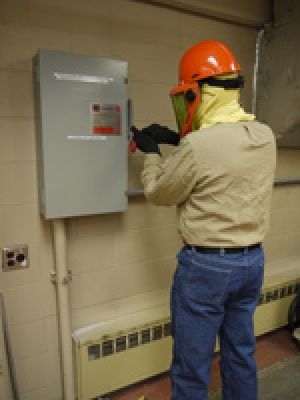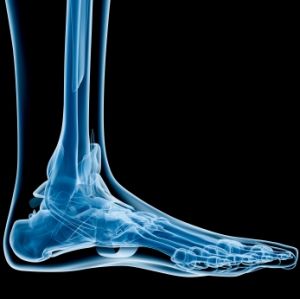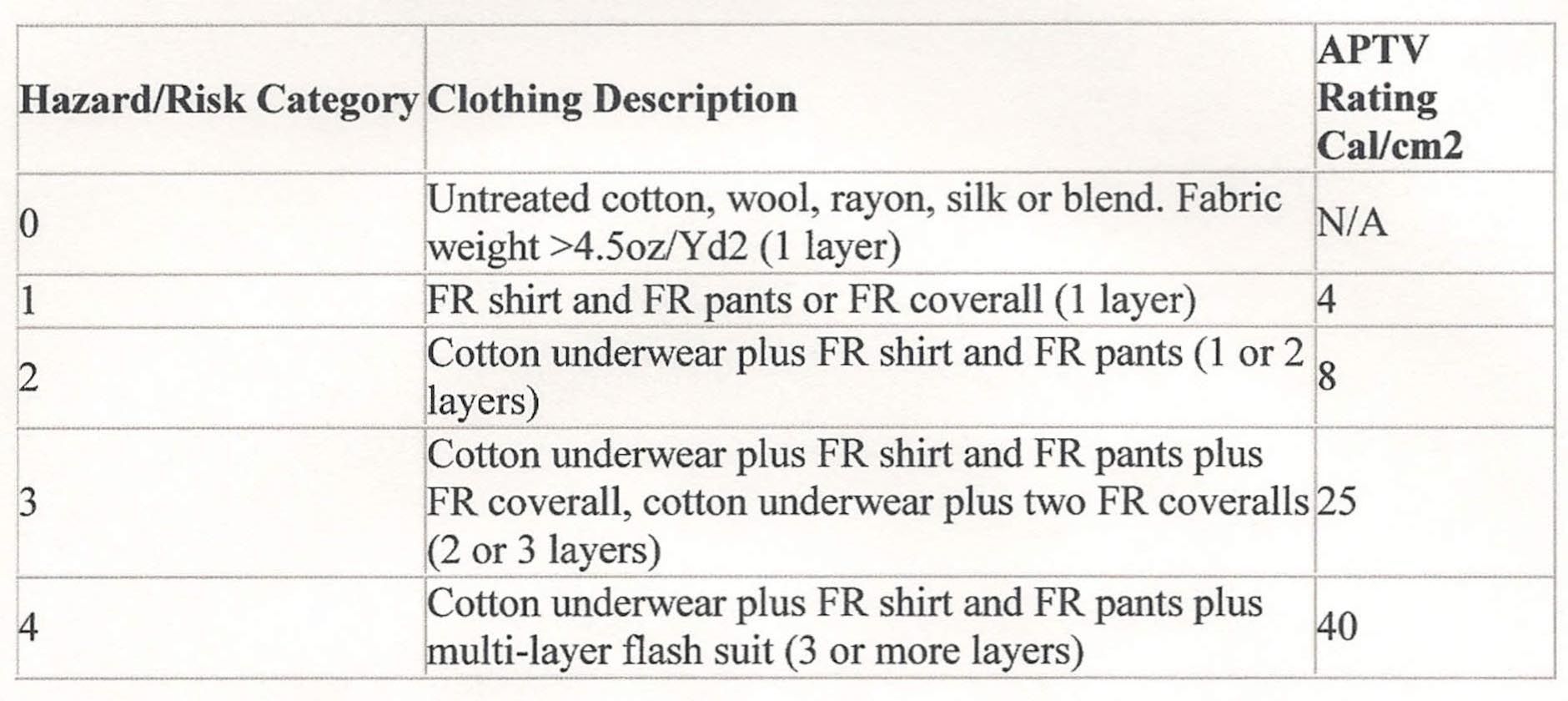Tag: ppe
Arc Rating Standards for Personal Protective Equipment
Written by Zarheer Jooma, P.E., and Hugh Hoagland on . Posted in Worksite Safety.
Understanding, Selecting and Caring for FR/AR Clothing
Written by Derek Sang, CSHEP, QSSP on . Posted in Safety Management.
The Hard Hat Celebrates 100 Years
Written by Stacey Simmons on . Posted in Worksite Safety.
Rubber Insulating Sleeves and Arc Flash Protection
Written by Hugh Hoagland and Stacy Klausing, M.S. on . Posted in Safety Management.
Scenario-Based Fall Protection Solutions
Written by Rob D. Adams, CLCP, CUSP on . Posted in Safety Management.
Secondary FR Garments: Practical Solutions for Protection
Written by Hugh Hoagland and Stacy Klausing, M.S. on . Posted in Safety Management.
Making Sense of Protection Requirements for Open-Air Arc Flash Hazards
Written by Lee Marchessault, CUSP on . Posted in Safety Management, Worksite Safety.
Injury Risks Associated with Climbing in the Wind Energy Generation Industry
Written by Naira Campbell-Kyureghyan, Ph.D. on . Posted in Safety Management, Worksite Safety.
Train the Trainer 101: Training and Verification Requirements for the Safety of Electric Utility Workers
Written by Jim Vaughn, CUSP on . Posted in Safety Management, Worksite Safety, Train the Trainer 101.
Train the Trainer 101: Addressing Common Fall Protection Questions and Concerns
Written by Jim Vaughn, CUSP on . Posted in Safety Management, Worksite Safety, Train the Trainer 101.
April 2017 Q&A
Written by Jim Vaughn, CUSP on . Posted in Safety Management, Worksite Safety, Q & A.
Maximizing Your Arc-Rated Gear
Written by Hugh Hoagland and Stacy Klausing, M.S. on . Posted in Safety Management, Worksite Safety.
Train the Trainer 101: The New Walking-Working Surfaces Final Rule
Written by Jim Vaughn, CUSP on . Posted in Safety Management, Worksite Safety, Train the Trainer 101.
Voice of Experience: OSHA’s MAD Changes and a Missed Opportunity
Written by Danny Raines, CUSP on . Posted in Safety Management, Worksite Safety, Voice of Experience.
Best Practices for Arc-Rated Clothing Programs
Written by Hugh Hoagland on . Posted in Safety Management, Worksite Safety.
Voice of Experience: Hand and Skin Protection for Electric Utility Workers
Written by Danny Raines, CUSP on . Posted in Safety Management, Worksite Safety, Voice of Experience.
February 2016 Q&A
Written by Jim Vaughn, CUSP on . Posted in Safety Management, Worksite Safety, Q & A, Grounding.
Voice of Experience: PPE Regulatory and Consensus Standard Requirements
Written by Danny Raines, CUSP on . Posted in Safety Management, Worksite Safety, Voice of Experience.
Train the Trainer 101: Practical MAD and Arc Flash Protection
Written by Jim Vaughn, CUSP on . Posted in Safety Management, Worksite Safety.
N95 Filtering Face Pieces: Where Does Your Organization Stand?
Written by Jarred O'Dell, CSP, CUSP on . Posted in Safety Management, Worksite Safety.
Arc Flash Mitigating Technologies and the OSHA Final Rule
Written by Samy Faried on . Posted in Safety Management, Worksite Safety.
How to Navigate the FR Clothing Marketplace
Written by Derek Sang, CSHEP, QSSP on . Posted in Safety Management, Worksite Safety.
Train the Trainer 101: Back to Basics: ‘Gentlemen, This is a Football’
Written by Jim Vaughn, CUSP on . Posted in Safety Management, Worksite Safety.
Voice of Experience: Fundamentals of Underground Padmount Transformers
Written by Danny Raines, CUSP on . Posted in Safety Management, Voice of Experience, Equipment Operations, Grounding.
June 2015 Q&A
Written by Jim Vaughn, CUSP on . Posted in Safety Management, Worksite Safety, Grounding.
The Roller-Coaster Life Cycle of IEEE 1307
Written by Ed Hunt, CUSP on . Posted in Safety Management, Worksite Safety.
The Importance of Matching Evidence Marks in Accident Investigations
Written by Allen L. Clapp, P.E. on . Posted in Safety Management, Worksite Safety.
Recent PPE Changes and 2015 Trends
Written by Hugh Hoagland and Stacy Klausing, M.S. on . Posted in Safety Management, Worksite Safety.
Train the Trainer 101: Addressing Anchorages
Written by Jim Vaughn, CUSP on . Posted in Safety Management, Worksite Safety.
Voice of Experience: The Importance of Job Briefings
Written by Danny Raines, CUSP on . Posted in Safety Management, Worksite Safety, Voice of Experience.
February 2015 Q&A
Written by Jim Vaughn, CUSP on . Posted in Safety Management, Worksite Safety.
Train the Trainer 101: Substation Entry Policies
Written by Jim Vaughn, CUSP on . Posted in Safety Management, Worksite Safety.
December 2014 Q&A
Written by Jim Vaughn, CUSP on . Posted in Safety Management, Worksite Safety, Grounding.
Voice of Experience: Flame-Resistant Apparel is Now PPE
Written by Danny Raines, CUSP on . Posted in Safety Management, Worksite Safety, Voice of Experience.
October 2014 Q&A
Written by Jim Vaughn, CUSP on . Posted in Safety Management, Worksite Safety, Equipment Operations.
Train the Trainer 101: Fall Protection and the New Rule
Written by Jim Vaughn, CUSP on . Posted in Safety Management, Worksite Safety.
Voice of Experience: OSHA Eye and Face Protection Standards
Written by Danny Raines, CUSP on . Posted in Safety Management, Worksite Safety, Voice of Experience.
NFPA 70E Arc Flash Protection for Nonexempt Industry Workers
Written by Jim Phillips, P.E. on . Posted in Safety Management, Worksite Safety.
June 2014 Q&A
Written by Jim Vaughn, CUSP on . Posted in Worksite Safety.
Addressing Comfort and Contamination in Arc-Rated Clothing
Written by Hugh Hoagland and Mikhail Golovkov on . Posted in Safety Management.
Transitioning to FR Clothing
Written by Jim Boyd, CUSP on . Posted in Safety Management.
Keys to Evaluating and Comparing Arc-Rated and Flame-Resistant Fabrics
Written by Scott Margolin on . Posted in Uncategorized.
FR Layering Techniques
Written by Will Vereen on . Posted in Uncategorized.
Back to the Basics: PPE 101
Written by Heath J. Haukland, CUSP on . Posted in Uncategorized.
Five PPE Safety Challenges
Written by Hugh Hoagland on . Posted in Uncategorized.
Hand Protection
Written by John Boyle on . Posted in Tailgate Topics.
Solid Footing
Written by Jim Vaughn, CUSP on . Posted in Safety Management.
What Does NFPA 70E Mean To You?
Written by John Boyle on . Posted in Tailgate Topics.
Arc Suppression Blanket Installation
Written by Victor L. Petrovic, Ph.D. on . Posted in Worksite Safety.
Arc Flash – Are You in Compliance?
Written by Pam Tompkins, CSP, CUSP on . Posted in Worksite Safety, Archived Posts.
PPE The Last Line of Defense
Written by Rick Tobey, CUSP on . Posted in Worksite Safety.
Free Climbing vs. Safer Climbing
Written by Carla Housh on . Posted in Worksite Safety.
Effective Fall Protection for Utility Workers
Written by Kate Wade on . Posted in Worksite Safety.
Top Five PPE Mistakes
Written by Hugh Hoagland on . Posted in Worksite Safety.
The Burning Question
Written by Scott Margolin on . Posted in Worksite Safety.
Fall Protection by the Numbers
Written by Lee Marchessault, CUSP on . Posted in Worksite Safety.


